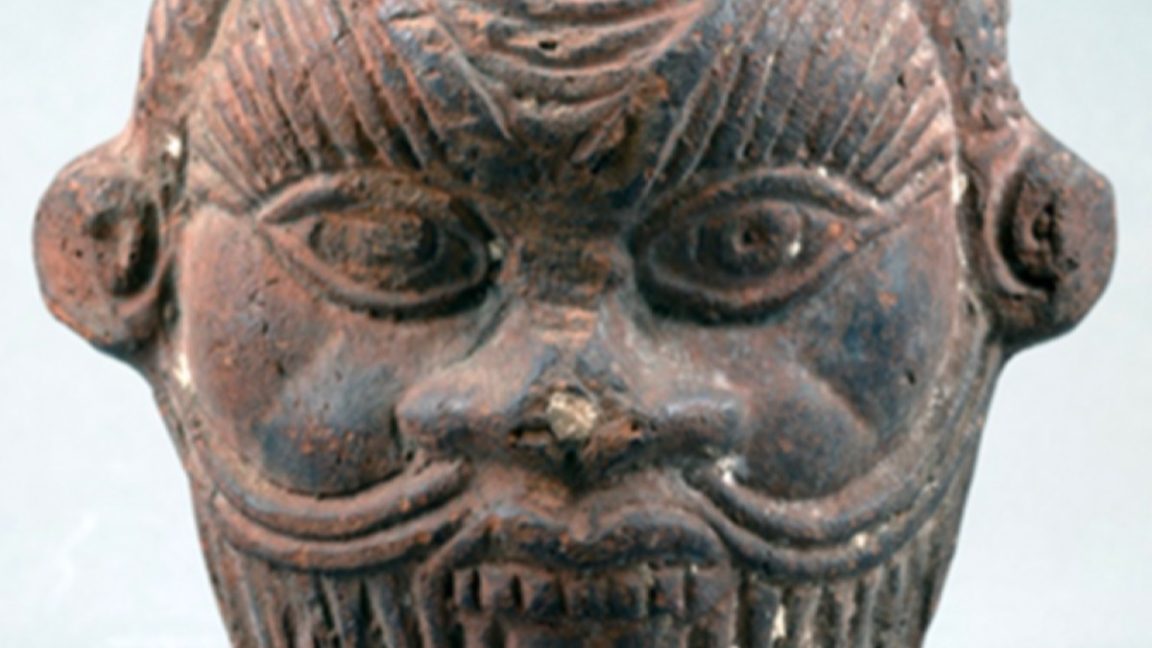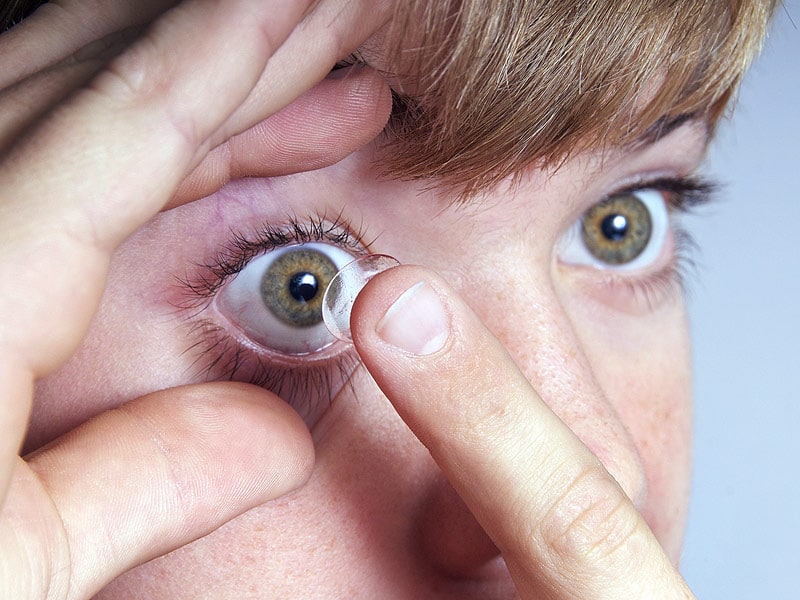
Study confirms Egyptians likely used hallucinogens in rituals
Special concoction also contained honey, sesame seeds, pine nuts, licorice, and grapes to make it look like blood.
Last year we reported on preliminary research suggesting that ancient Egyptians may have used hallucinogens in their religious rituals, based on the presence of a few key chemical signatures taken from a ceremonial mug. Now those researchers have extended their analysis and fully identified the chemical components of those samples, confirming those preliminary findings, according to a new paper published in the journal Scientific Reports.
There is ample evidence that humans in many cultures throughout history used various hallucinogenic substances in religious ceremonies or shamanic rituals. That includes not just ancient Egypt but also ancient Greek, Vedic, Maya, Inca, and Aztec cultures. The Urarina people who live in the Peruvian Amazon Basin still use a psychoactive brew called ayahuasca in their rituals, and Westerners seeking their own brand of enlightenment have also been known to participate.
Last year, David Tanasi, of the University of South Florida, posted a preprint on his preliminary analysis of a ceremonial mug decorated with the head of Bes, a popular deity believed to confer protection on households, especially mothers and children. So unlike most other Egyptian deities, images of Bes were quite common in Egyptian homes. There were even special chambers built to honor Bes and his wife, Beset, at the Saqqara site near Cairo, which Egyptologists think could have been used for fertility or healing rituals, although their exact purpose is not certain (Bes was an ancient Egyptian deity of protection, fertility, healing, and purification). The mug is part of the collection of the Tampa Museum of Art.























/cdn.vox-cdn.com/uploads/chorus_asset/file/25546252/STK169_Mark_Zuckerburg_CVIRGINIA_D.jpg)